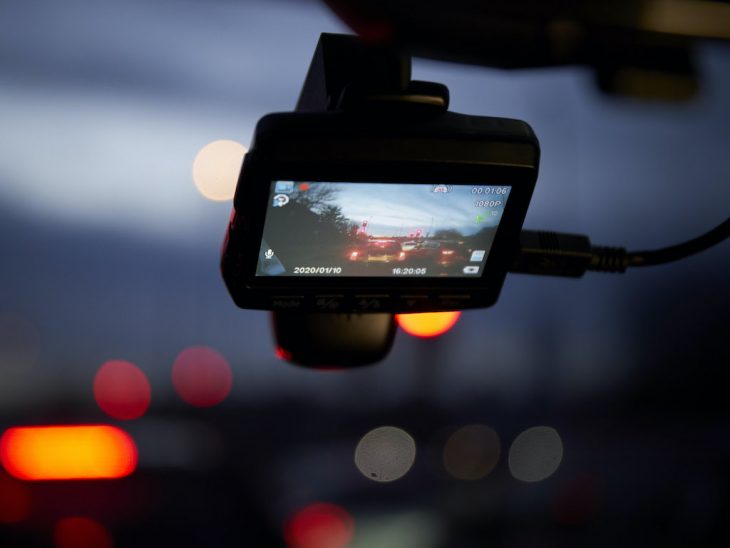Clearer guidelines are needed to encourage police use of mobile safety cameras and dashcams for prosecuting motorists flouting the law.
Responding to the Department for Transport’s Roads Policing report and the accompanying consultation, IAM RoadSmart says greater police use of mobile safety cameras and dashcams could help significantly in prosecuting motorists using handheld mobile phones and not wearing seatbelts, reducing the number of road casualties, which have plateaued since 2010.
But a previous investigation by the IAM found that nearly two-thirds of police forces contacted were not using mobile safety cameras to prosecute motorists spotted committing these offences, as they incorrectly thought it was illegal.
Its Freedom of Information request revealed that out of the 44 police forces, only 16 of them used images from the cameras to pursue these offences as a matter of routine, with a further four doing so occasionally. In addition, not all forces have adopted ‘Operation Snap’, which seeks to integrate dashcam footage into the prosecution system.
Neil Greig, policy and research director at IAM RoadSmart, said: “Clearer guidelines must be created so that police forces can be confident that they can enforce laws with the equipment available to them today – laws which were specifically designed to reduce the number of road casualties.
“Our research showed that the use of mobile safety cameras to pursue phone users and seatbelt offenders varies from one force to another. What we need are clear and consistent guidelines on what the cameras can be used for, what training staff need and how the images can be used as evidence.
“Stiffer penalties are only part of the enforcement jigsaw and fear of being caught must be increased so that resources are not wasted, or drivers think they can get away with flouting the law.”











































